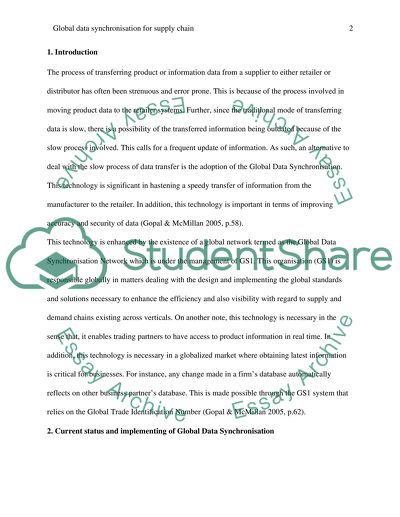Cite this document
(“Global Data Synchronisation for supply chain Case Study”, n.d.)
Retrieved from https://studentshare.org/information-technology/1640849-global-data-synchronisation-for-supply-chain
Retrieved from https://studentshare.org/information-technology/1640849-global-data-synchronisation-for-supply-chain
(Global Data Synchronisation for Supply Chain Case Study)
https://studentshare.org/information-technology/1640849-global-data-synchronisation-for-supply-chain.
https://studentshare.org/information-technology/1640849-global-data-synchronisation-for-supply-chain.
“Global Data Synchronisation for Supply Chain Case Study”, n.d. https://studentshare.org/information-technology/1640849-global-data-synchronisation-for-supply-chain.


